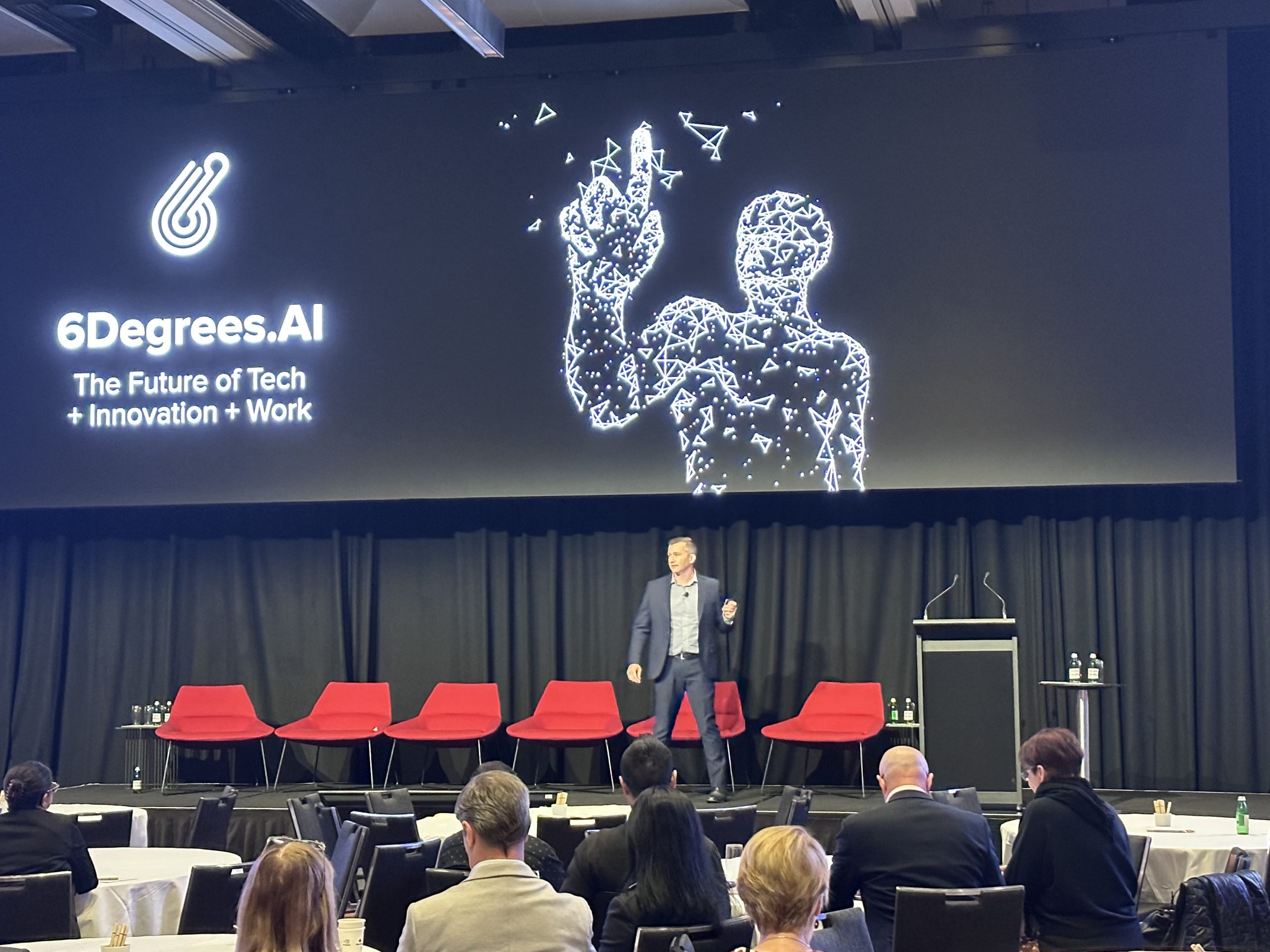
Macquarie Technology Group‘s Head of Private Cloud, Jonathan Staff, has called on enterprises and technology providers to do more to lay down the right foundations on which to build AI, warning that cutting corners will come with major risks down the line.
Speaking at the Future of Tech, Innovation and Work Conference in Sydney, the technology expert told business leaders they need to approach their AI strategy with a holistic, long-term lens.
“Businesses everywhere are scrambling to figure out how they can leverage AI and make sure they stay ahead of the competition. But in this mad rush to the finish line, we’re seeing lots of companies fail to invest in the right foundations needed to scale in the future,” says Jonathan.
“AI is a huge investment, and there is a lot at stake. It is expensive to ‘lift and shift’ these operations once they’re set up, so getting it right from the get-go is so important.”
Jonathan highlights the challenges of securing the right infrastructure to maximise efficiency, a key priority for Macquarie Data Centres and a factor it says many overlook when embarking on their AI journey.
In response to AI’s greater demands for power, cooling and specialised technology the data centre company is focusing on providing the high-density environments required by these power-hungry AI-engines.
The company has recently revealed plans to supercharge its next and largest facility, IC3 Super West, which is being purpose built for the AI era. The Sydney based data centre will offer AI-ready environments and be flexible enough to accommodate technologies, such as advanced GPUs and liquid cooling. Macquarie recently secured a 41% increase in power to IC3 Super West, bringing the total load of its campus to 63MW.
The industry veteran also stressed the importance of making sure new AI tools are properly integrated into a company’s existing systems.
“Organisations need to think carefully about how the AI is going to talk to your existing systems. If you build a new AI tool as a siloed project, and it takes off, then you’re going to have huge problems and probably huge costs, trying to retrofit it and incorporate it into pre-existing systems.
“Organisations need to lay the right foundations to make sure everything is connected now, and that all the systems will provide enough runway to scale and grow quickly in the future.”
Jonathan calls upon the industry to prepare themselves for an AI-driven future and think about how they can adapt to capitalise on the opportunities. However, he also stressed that it needs to be done in a way that is compliant with current and future data regulations.
“AI is currently the wild west, but you can expect regulation around sovereignty and data compliance to get tighter in many countries. Businesses need to choose partners that have the right certifications and policies in place to ensure compliance now and into the future.”

Head office & Accounts:
Suite 14, 6-8 Revenge Road, Lordswood
Kent ME5 8UD
T: +44 (0)1634 673163
F: +44 (0)1634 673173
© 2025 All Things Media Ltd.
